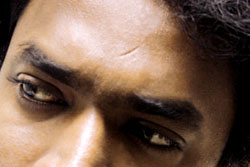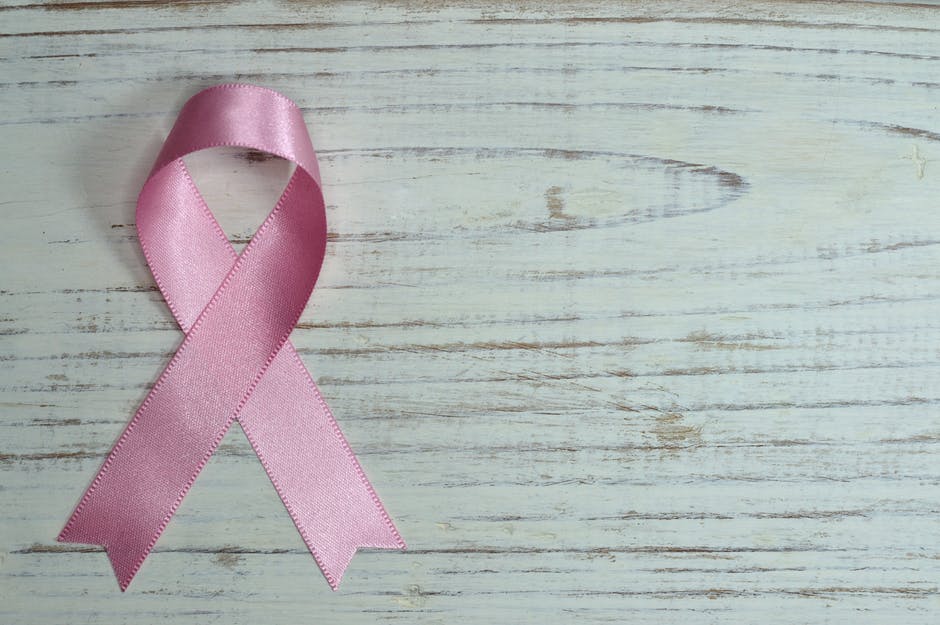We don’t really think about the skin as an organ in the same way we might think of our heart or the liver or the brain but indeed it is, and if it gets injured then it also needs to repair itself. That’s probably a little bit more obvious on the skin then some of those internal organs that we don’t see. We also know that if there is an injury to the skin it can lead to scarring and scarring is where a mark is left from some previous trauma or injury.
The skin is the largest organ in the body and like all parts of the body has potential to get injured or damaged. Hi, I’m Dr Joe. We don’t really think about the skin as an organ in the same way we might think of our heart or the liver or the brain but indeed it is, and if it gets injured then it also needs to repair itself. That’s probably a little bit more obvious on the skin then some of those internal organs that we don’t see. We also know that if there is an injury to the skin it can lead to scarring and scarring is where a mark is left from some previous trauma or injury.
The two commonest reasons for scarring would be some sort of surgical procedure or some sort of trauma. Generally speaking with surgical procedures, scarring is fairly minimal and the reason for that is that the cut will be a nice neat knife cut, and those are the sort of ones that tend to heal up the best. Traumatic rips of the skin from things like grinders, motor vehicle collisions and major falls where you get jagged edges and lots of skin loss are more likely to lead to scarring. The other issue that influences scarring is the depth of the cut. We know if we graze ourselves or scratch ourselves it will be red for a while, it will be a little but inflamed but you’re generally not going to have a scar from that. If the whole skin surface is broken then there may well be a scar.
 Now the exact reasoning for this isn’t really studied all that well because it’s just a given, but obviously the skin needs to repair itself. When it does that is can leave a very microscopic line where the top layer of skin hasn’t come fully across and hence you get a slightly different colouration to the rest of the skin. Interestingly like a lot of things with the human body it is influenced by genetics and some people heal up really well, other people not so well. There are also parts of the body that heal better than others. For example, on the chest it’s the most likely part of the body where you may get what’s called a keloid scar, which is a very prominent scar.
Now the exact reasoning for this isn’t really studied all that well because it’s just a given, but obviously the skin needs to repair itself. When it does that is can leave a very microscopic line where the top layer of skin hasn’t come fully across and hence you get a slightly different colouration to the rest of the skin. Interestingly like a lot of things with the human body it is influenced by genetics and some people heal up really well, other people not so well. There are also parts of the body that heal better than others. For example, on the chest it’s the most likely part of the body where you may get what’s called a keloid scar, which is a very prominent scar.
Alright, imagine you have cut yourself or you have some form of injury, now obviously treating that at the time is the most important thing. Not every cut need stitches, the good old fashioned Band-Aid is still going to be helpful for minor or superficial cuts. Making sure that any sort of wound doesn’t get infected is important, so again antiseptic and keeping it clean is something very simple that makes a big difference. If you do have a cut that’s been sutured then obviously following the advice of your doctor in terms of looking after it, and that includes when to get the stitches removed, is also going to make a difference.
After that, there’s a whole raft of things that people have tried and use and different people find helpful. Vitamin E creams, Aloe Vera type creams have got their supported, any moisturiser or emollient creams are often very useful for reducing the likelihood of scarring. It doesn’t mean it can’t happen but you reduce your chances. In some instances if the scar is prominent then it can actually be removed as if a separate surgical procedure, and plastic surgeons are able to remove the scar and re-do the problem. Now you do need to wait a number of months to see what happens because generally over time you’ve cut yourself and there’s been an injury and you think oh look that’s a terrible scar and I don’t like that, by the six to nine month stage it’s going to be a lot better, but as I said, if you need to pursue it further it can be done.
Ok to sum up; if you do have major trauma to the skin it’s probable that there will be some scarring. If you’ve had a cut or a wound that needs to be sutured it’s probable that there will be some scarring but it’s the sort of thing where unless you’re really looking for it, it’s not going to be a major problem. There are some simple things that we’ve spoken about that you can do that will reduce the likelihood of scarring and ultimately scars can be what we call revised by a plastic surgeon. As always start with the simple things and if you need to proceed you can always do that too.
 |
For more information about scars and scarring, see Scars. |
 |
For more information about how to prevent and treat scars, see Scar Treatments. |
All content and media on the HealthEngine Blog is created and published online for informational purposes only. It is not intended to be a substitute for professional medical advice and should not be relied on as health or personal advice. Always seek the guidance of your doctor or other qualified health professional with any questions you may have regarding your health or a medical condition. Never disregard the advice of a medical professional, or delay in seeking it because of something you have read on this Website. If you think you may have a medical emergency, call your doctor, go to the nearest hospital emergency department, or call the emergency services immediately.






